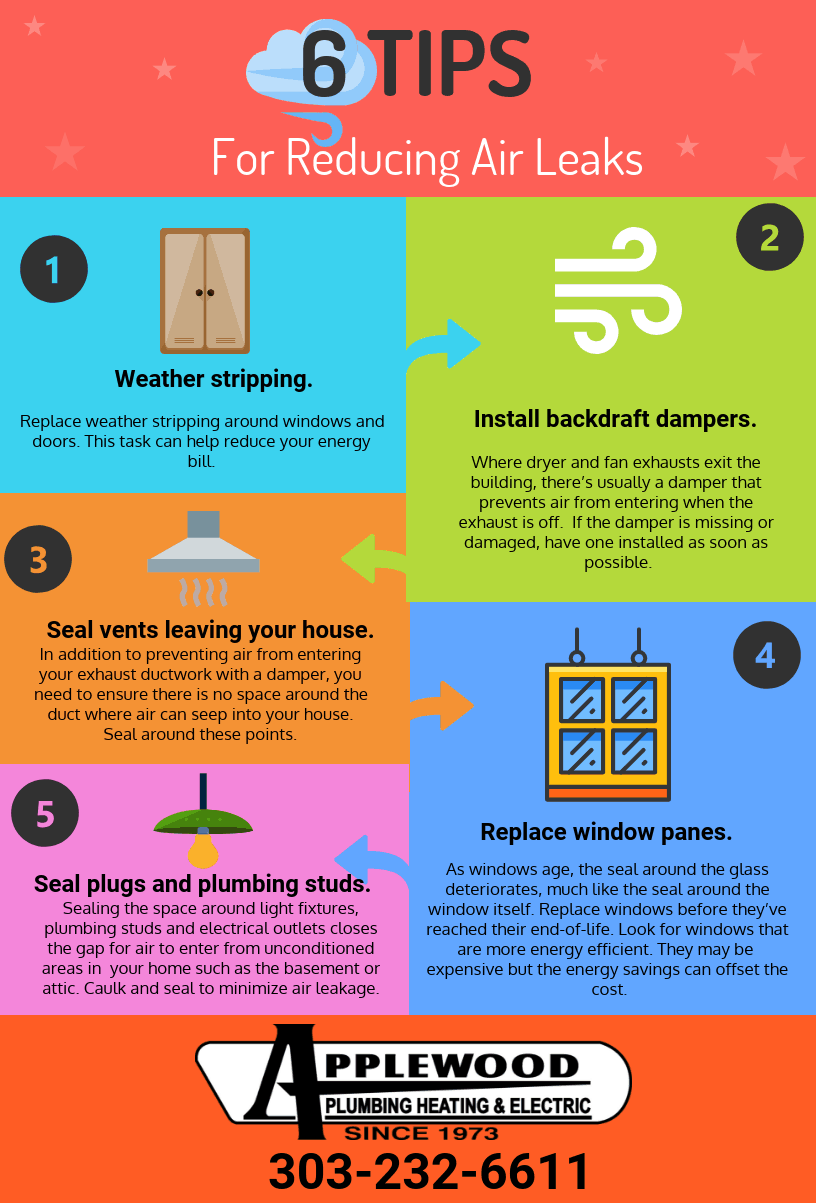Learn The Necessary Pressure Washing Techniques Customized For Each And Every Surface Type To Achieve Spectacular Outcomes-- Discover The Secrets To A Flawless Surface!
Learn The Necessary Pressure Washing Techniques Customized For Each And Every Surface Type To Achieve Spectacular Outcomes-- Discover The Secrets To A Flawless Surface!
Blog Article
https://hotelcleaningservices31975.livebloggs.com/38980094/a-thorough-overview-to-making-an-enlightened-option-concerning-stress-washing-provider -Stone Keating
When it comes to press cleaning, the technique you choose can make all the difference in attaining a clean, streak-free surface. You may locate that hard surface areas, like concrete, need a various method than softer materials, such as timber or vinyl. It's important to adjust your methods to the surface kind to prevent damage while making best use of cleansing efficiency. So, what are the most effective methods for every surface, and how can you guarantee you're utilizing the best settings and tools for the job? Let's explore what you need to recognize to get the very best outcomes.
Tough Surfaces
When it comes to press cleaning hard surfaces, preparation is crucial. Prior to https://www.michigansthumb.com/opinion/article/Everyday-Cheapskate-How-to-detail-car-interior-16841657.php consider pulling out the stress washing machine, take the time to get rid of the area of any type of particles, furnishings, or challenges. You don't desire anything entering your method or possibly damaging your devices.
Next off, examine the surface area for any kind of cracks or damages; this will certainly assist you establish the best method and stress setups.
As soon as you have actually prepared the location, it's essential to select the appropriate nozzle. For hard surface areas like concrete or block, a narrow nozzle (15 or 25 degrees) functions best to give a focused stream of water that can effectively get rid of gunk and discolorations. Always begin at a distance and progressively move more detailed to prevent any kind of surface area damage.
As you start cleaning, maintain the stick relocating to prevent touches and over-saturation. It's likewise handy to function from the top down, permitting dirt and particles to wash away normally.
Ultimately, keep in mind to wash the surface area thoroughly after cleansing to get rid of any remaining detergent. With these techniques, you'll achieve a clean and renewed look on all your hard surfaces.
Soft Surfaces
Stress cleaning soft surface areas requires a gentler strategy to safeguard them from damages. Whether you're cleaning your deck, patio furnishings, or siding, using way too much pressure can result in dents, scratches, or even irreparable injury.
Start by picking a low-pressure nozzle, preferably a 25-degree or bigger spray pattern, to spread the water a lot more gently.
Before you begin, it's essential to pre-treat any discolorations with an appropriate cleansing service. This step enables the cleaner to permeate the dirt and grime, making it easier to wash away without scrubbing as well hard.
Constantly use the option from the bottom as much as avoid spotting.
When https://janitorial-cleaning43197.blogoxo.com/32786136/typical-roof-cleansing-mistakes-and-exactly-how-to-stay-clear-of-them begin stress washing, maintain a range of at least 12 to 18 inches from the surface. Move your stick in a sweeping activity, maintaining it alongside the surface to prevent focused stress on one place.
Wash the area completely after cleaning to remove any recurring cleanser.
https://hotelcleanerscompany32986.thelateblog.com/33181508/how-frequently-should-you-clean-your-windows-a-seasonal-overview but not least, examine the surface for any type of missed out on places and repeat the process if essential. By following these steps, you can successfully tidy soft surface areas while preserving their honesty and look.
Specialty Surfaces
Cleansing soft surface areas calls for treatment, however specialty surface areas require much more focus to detail. When you take on these surface areas, like delicate timber, tarnished concrete, or certain kinds of exterior siding, making use of the appropriate pressure washing methods is critical to prevent damages.
Initially, assess the product. As an example, treated wood can often stand up to moderate stress, however softer woods like cedar may require a reduced setting. Constantly start with the most affordable stress and gradually boost if needed.
For discolored concrete, utilize a fan spray nozzle and keep a consistent range to prevent etching the surface.
When dealing with surface areas like plastic house siding or painted surfaces, a broad spray pattern helps disperse the stress evenly, securing the finish.
It's also a good idea to make use of cleaning agents particularly created for specialty surfaces. They can improve cleansing without endangering the product.
Wash thoroughly after cleaning to eliminate any kind of residue, as it can result in discoloration or deterioration with time.
Conclusion
Finally, grasping stress washing methods for various surface areas can make all the difference in your cleaning results. For difficult surface areas, stay with slim nozzles and a top-to-bottom approach, while soft surfaces need a gentler touch with larger nozzles. Don't forget to pre-treat spots and wash thoroughly to stay clear of residue. By adjusting your approaches per product, you'll not only achieve a cleaner finish but also shield the integrity of your surface areas. Delighted cleansing!
